Proactive vs. Reactive: A Mindset Shift for Restoration Contractors
September 3, 2024 •Ember Davis

The difference between proactive and reactive approaches can significantly impact a business's efficiency, customer satisfaction, and overall success. Restoration contractors often find themselves in high-stakes situations, where the ability to anticipate issues and act swiftly is crucial. This comprehensive guide explores the importance of adopting a proactive mindset, supported by Restoration Software, Job Management Software, and effective Water Mitigation techniques.
Understanding Proactive vs. Reactive Approaches
Proactive Approach: A proactive approach involves anticipating potential problems and taking preventive measures before they occur. This mindset is characterized by strategic planning, regular maintenance, and continuous improvement.
Benefits of Proactive Approach:
- Enhanced Efficiency: By planning ahead, contractors can allocate resources more effectively and avoid last-minute scrambles.
- Cost Savings: Preventive measures often cost less than emergency repairs.
- Improved Customer Satisfaction: Clients appreciate prompt and planned service, which builds trust and loyalty.
- Better Risk Management: Anticipating issues helps in mitigating risks before they escalate into significant problems.
Reactive Approach: Conversely, a reactive approach focuses on responding to issues as they arise. While sometimes unavoidable, this mindset can lead to unnecessary stress, higher costs, and dissatisfied clients.
Drawbacks of the Reactive Approach:
- Higher Costs: Emergency repairs are usually more expensive than planned maintenance.
- Stress and Pressure: Constantly dealing with crises can be stressful for both management and field teams.
- Customer Dissatisfaction: Delays and unexpected issues can frustrate clients and damage the company’s reputation.
Implementing a Proactive Strategy with Restoration Software
Strategic Planning: Restoration Software and Job Management Software enable contractors to plan projects meticulously. By inputting all necessary data into a centralized system, teams can foresee potential challenges and address them proactively.
Real-Time Monitoring: Utilize Job Management Software to monitor project progress in real-time. This technology allows for immediate adjustments, ensuring that any emerging issues are handled promptly.
Predictive Analytics: Restoration Software equipped with predictive analytics can forecast potential problems based on historical data. This feature allows contractors to anticipate issues like equipment failure or project delays and take preventive measures.
Leveraging Job Management Software for Proactive Water Mitigation
Efficient Resource Allocation: Job Management Software helps in allocating resources efficiently by tracking equipment and personnel availability. This proactive allocation ensures that all necessary tools and teams are ready before any water mitigation project begins.
Automated Alerts and Reminders: Set up automated alerts and reminders for regular maintenance checks on water mitigation equipment. This proactive measure ensures that all tools are in optimal condition, reducing the risk of breakdowns during critical operations.
Comprehensive Documentation: Use Restoration Software to maintain comprehensive documentation of all water mitigation projects. Detailed records help in identifying recurring issues and implementing long-term solutions.
Training and Development for a Proactive Workforce
Regular Training Sessions: Conduct regular training sessions to educate your team about the importance of a proactive mindset. Training should cover the use of Restoration Software, Job Management Software, and advanced Water Mitigation techniques.
Skill Enhancement: Invest in continuous skill enhancement programs for your workforce. A well-trained team is better equipped to anticipate issues and take proactive measures.
Encouraging Initiative: Foster a culture that encourages initiative and proactive thinking. Reward team members who identify potential problems and come up with preventive solutions.
Case Studies: Proactive vs. Reactive in Action
Case Study 1: Proactive Water Mitigation A restoration company implemented a proactive water mitigation strategy using advanced Job Management Software. By scheduling regular maintenance checks and utilizing predictive analytics, they reduced emergency repair costs by 30% and improved customer satisfaction by 20%.
Case Study 2: Reactive Approach and Its Consequences Another company relied heavily on a reactive approach, leading to frequent equipment failures and project delays. The lack of proactive planning resulted in higher operational costs and a decline in client retention rates.
Tools and Technologies for Proactive Restoration
Advanced Restoration Software: Invest in Restoration Software that offers features like predictive analytics, real-time monitoring, and automated alerts. These tools empower contractors to take proactive measures and optimize project outcomes.
Comprehensive Job Management Software: Utilize Job Management Software to streamline operations, track resources, and maintain detailed project documentation. Efficient job management is key to proactive restoration practices.
Water Mitigation Technology: Incorporate state-of-the-art water mitigation technology, such as moisture meters and thermal imaging cameras, to identify and address water damage before it escalates.
Measuring Success: KPIs for Proactive Restoration
Key Performance Indicators (KPIs): Track KPIs such as project completion time, customer satisfaction scores, and equipment downtime to measure the effectiveness of your proactive strategies.
Regular Reviews: Conduct regular reviews of your KPIs and adjust your strategies accordingly. Continuous improvement is essential for maintaining a proactive approach.
Customer Feedback: Solicit customer feedback to gauge their satisfaction with your proactive measures. Use this feedback to further refine your processes and enhance client experiences.
Conclusion
Adopting a proactive mindset is essential for restoration contractors aiming to enhance efficiency, reduce costs, and improve customer satisfaction. By leveraging advanced Restoration Software, Job Management Software, and effective Water Mitigation techniques, contractors can anticipate issues and take preventive measures, leading to successful project outcomes. Embrace the shift from reactive to proactive strategies and watch your restoration business thrive.
Unlock the full potential of your restoration business by downloading our free KPI Guide. This comprehensive resource provides valuable insights into the key performance indicators that matter most in the restoration industry, helping you to measure success, identify areas for improvement, and make data-driven decisions. Empower your business with the knowledge to stay ahead of the competition and achieve long-term success.

Join the Restoration Revolution for Exclusive Industry Insights!

